Hello friends, welcome to our website Mixing Images. My name is Vikas Yadav. Friends, today's post is going to be very special. In today's post we are going to talk about - Easy Rangoli Designs For Diwali, Rangoli For Diwali, Rangoli Designs For Diwali, Diwali Rangoli Images, Diwali Rangoli, Easy Rangoli For Diwali, Rangoli, Rangoli Design, Rangoli Designs, Simple Rangoli Design, Simple Rangoli Designs For Home, Easy Rangoli Design, Rangoli Design Simple, Beautiful Rangoli Designs, Latest Rangoli Design, Best Rangoli Designs, Easy Rangoli Designs, Easy Rangoli Images, Simple And Easy Rangoli Designs For Home, Simple Rangoli Images, Rangoli Designs Images, Rangoli Design Easy, Rangoli Images. So let's start today's post. Easy Rangoli Designs For Diwali
 |
| Easy Rangoli Designs For Diwali |
.jpg) |
| Easy Rangoli Designs For Diwali |
.jpg) |
| Easy Rangoli Designs For Diwali |
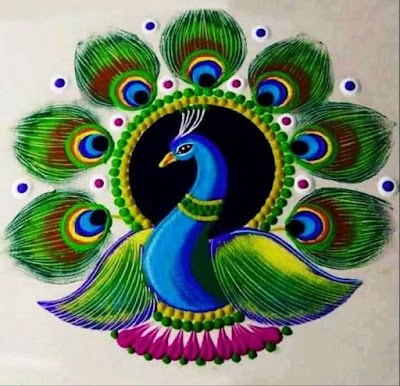 |
| Easy Rangoli Designs For Diwali |
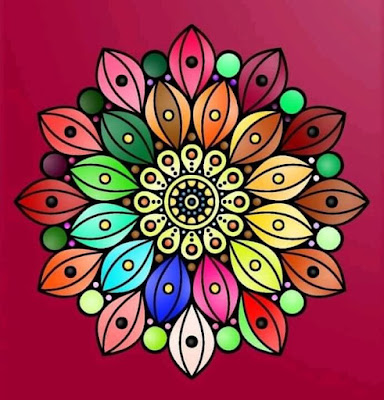 |
| Easy Rangoli Designs For Diwali |
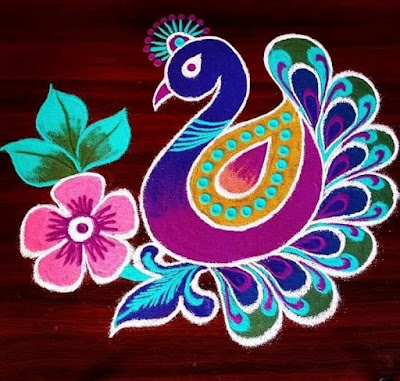 |
| Easy Rangoli Designs For Diwali |
 |
| Easy Rangoli Designs For Diwali |
 |
| Easy Rangoli Designs For Diwali |
 |
| Easy Rangoli Designs For Diwali |
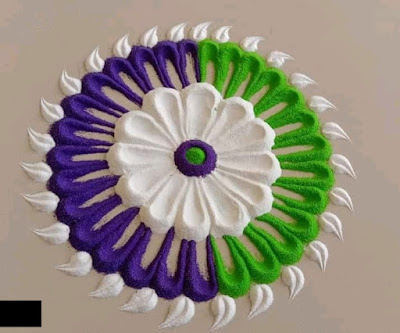 |
| Easy Rangoli Designs For Diwali |
 |
| Easy Rangoli Designs For Diwali |
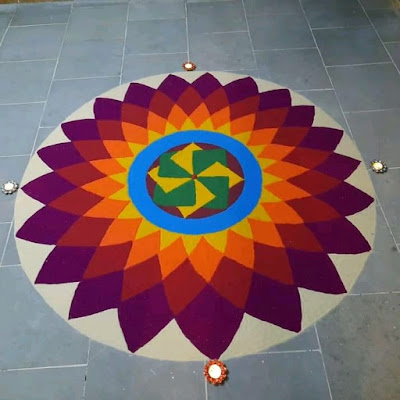 |
| Easy Rangoli Designs For Diwali |
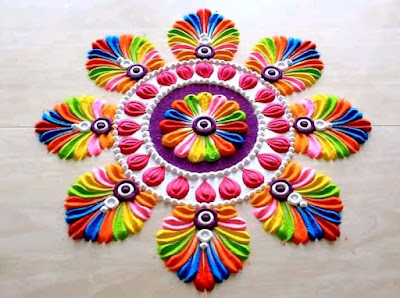 |
| Easy Rangoli Designs For Diwali |
 |
| Easy Rangoli Designs For Diwali |
 |
| Easy Rangoli Designs For Diwali |
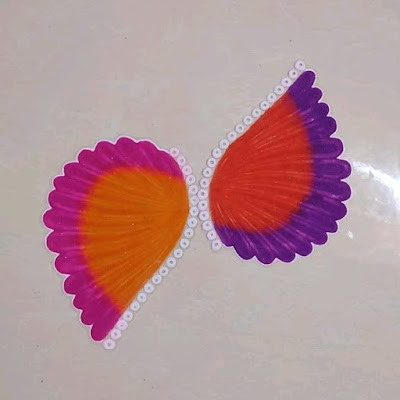 |
| Easy Rangoli Designs For Diwali |
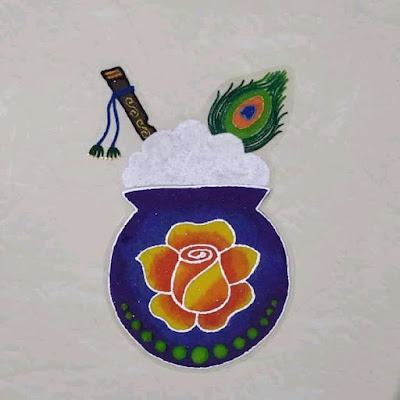 |
| Easy Rangoli Designs For Diwali |
 |
| Easy Rangoli Designs For Diwali |
 |
| Easy Rangoli Designs For Diwali |
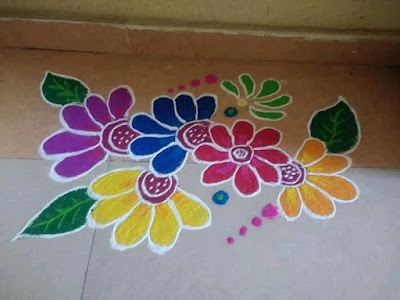 |
| Easy Rangoli Designs For Diwali |
 |
| Easy Rangoli Designs For Diwali |
 |
| Easy Rangoli Designs For Diwali |
 |
| Easy Rangoli Designs For Diwali |
 |
| Easy Rangoli Designs For Diwali |
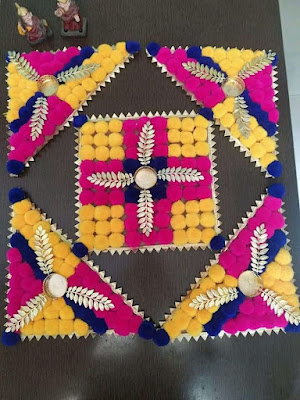 |
| Easy Rangoli Designs For Diwali |
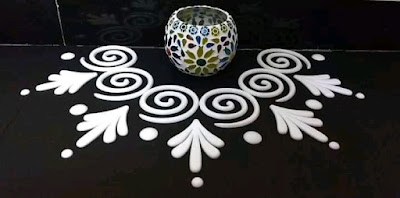 |
| Easy Rangoli Designs For Diwali |
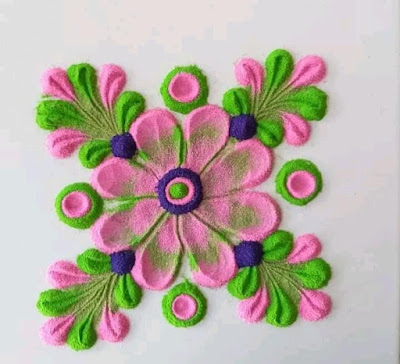 |
| Rangoli For Diwali |
 |
| Rangoli For Diwali |
 |
| Rangoli For Diwali |
 |
| Rangoli For Diwali |
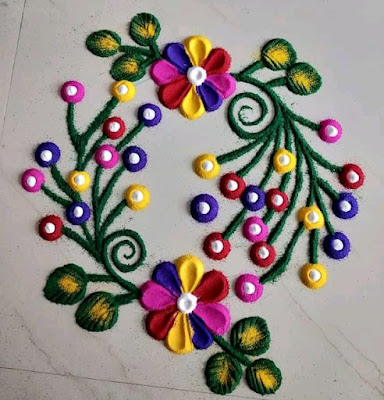 |
| Rangoli For Diwali |
 |
| Rangoli For Diwali |
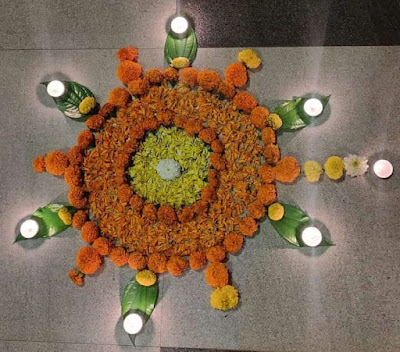 |
| Rangoli For Diwali |
 |
| Rangoli For Diwali |
 |
| Rangoli For Diwali |
 |
| Rangoli For Diwali |
 |
| Rangoli Designs For Diwali |
 |
| Rangoli Designs For Diwali |
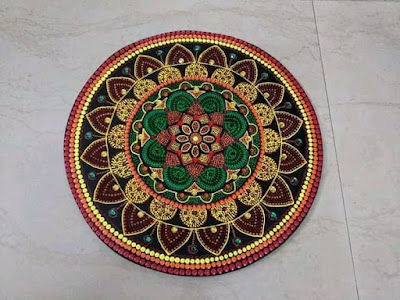 |
| Rangoli Designs For Diwali |
 |
| Rangoli Designs For Diwali |
 |
| Rangoli Designs For Diwali |
 |
| Rangoli Designs For Diwali |
 |
| Rangoli Designs For Diwali |
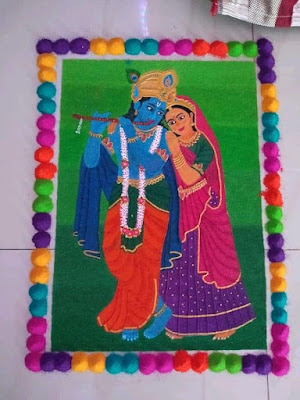 |
| Rangoli Designs For Diwali |
 |
| Rangoli Designs For Diwali |
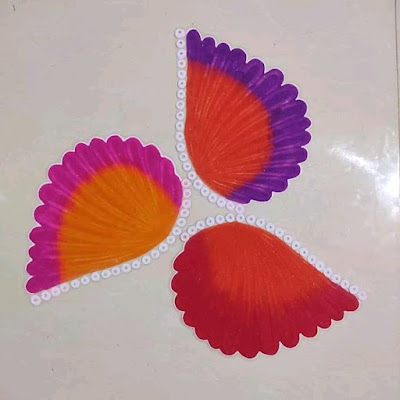 |
| Rangoli Designs For Diwali |
 |
| Diwali Rangoli |
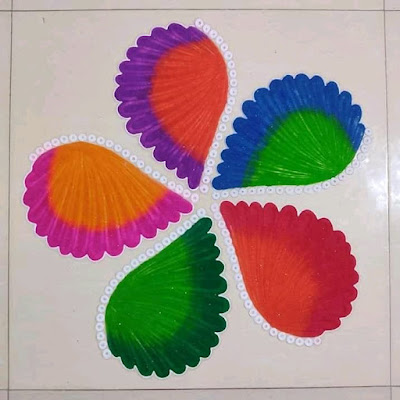 |
| Diwali Rangoli |
 |
| Diwali Rangoli |
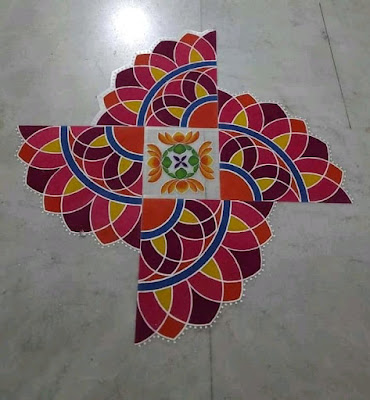 |
| Diwali Rangoli |
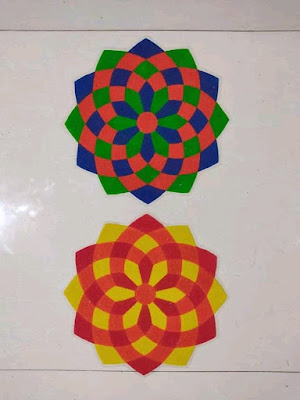 |
| Diwali Rangoli |
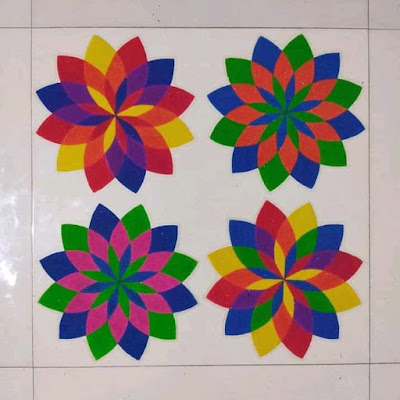 |
| Diwali Rangoli |
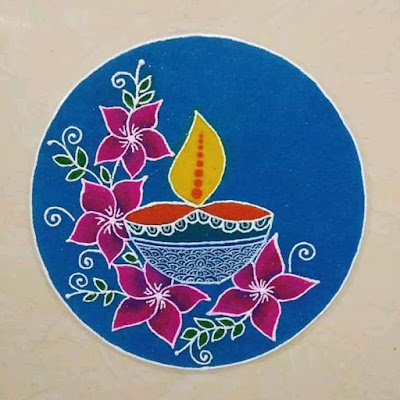 |
| Diwali Rangoli |
 |
| Diwali Rangoli |
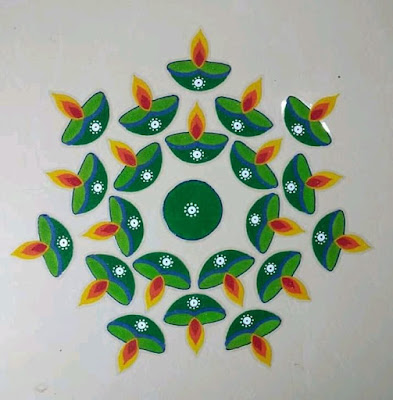 |
| Diwali Rangoli |
 |
| Diwali Rangoli |
 |
| Easy Rangoli For Diwali |
 |
| Easy Rangoli For Diwali |
 |
| Easy Rangoli For Diwali |
 |
| Easy Rangoli For Diwali |
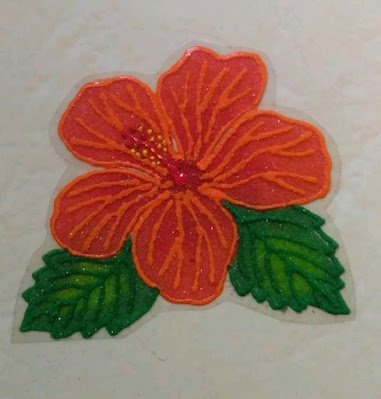 |
| Easy Rangoli For Diwali |
 |
| Easy Rangoli For Diwali |
 |
| Easy Rangoli For Diwali |
 |
| Easy Rangoli For Diwali |
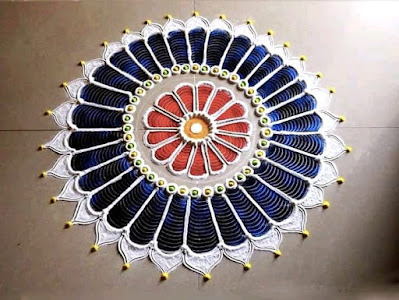 |
| Easy Rangoli For Diwali |
 |
| Easy Rangoli For Diwali |
 |
| Diwali Rangoli Images |
 |
Diwali Rangoli Images
|
 |
| Diwali Rangoli Images |
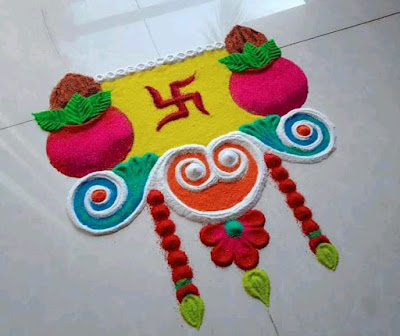 |
| Diwali Rangoli Images |
 |
| Diwali Rangoli Images |
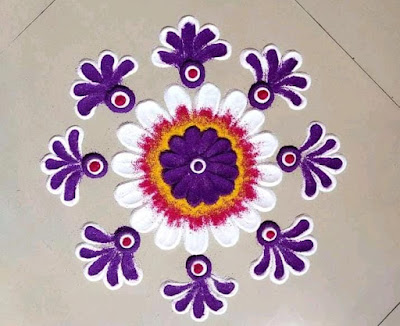 |
| Diwali Rangoli Images |
 |
| Diwali Rangoli Images |
 |
| Diwali Rangoli Images |
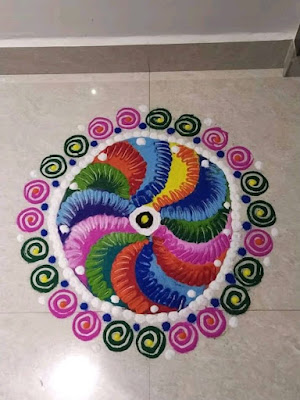 |
| Diwali Rangoli Images |
 |
| Diwali Rangoli Images |
My dear friends, I hope you liked this post of ours. If you liked this post of ours, then do share our post with your friends. And share on social media. And let us know in the comments how much you liked the post. Don't forget to comment.

.jpg)
.jpg)











































































![5555+ WhatsApp DP Images 2025 [ New & Stylish WhatsApp DP ]](https://blogger.googleusercontent.com/img/a/AVvXsEg95BfLEowtFnLtY0Il-OSnzA76svLtx8rt7iXrP02lzt0U-y2AHvAhQFdIMHg97mkNEBk6mB9z2cDEusvytmRIYatQLaGhPeZbmVKP0hTcPe2dxRSKw9LydaR2N3t5TOrDor018-2ttJcGzBUgjgqO4mU_pxF-2gw4zEAZ4tWQNydtUyrGsYH6CVrZ=w680)




0 Comments
If You Have Any Doubts. Please Let Me Know.